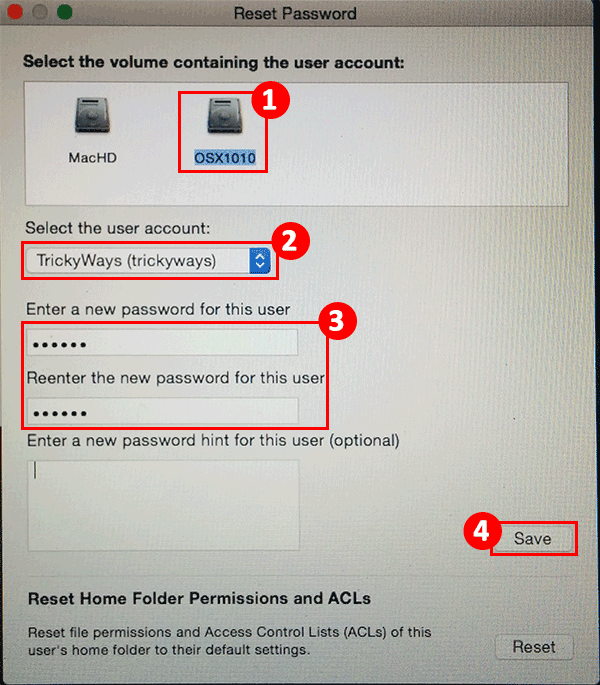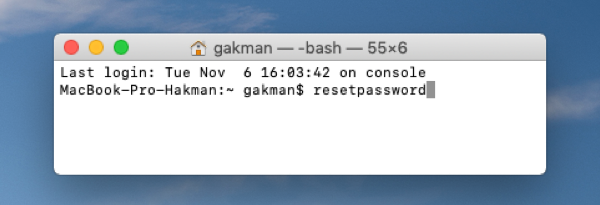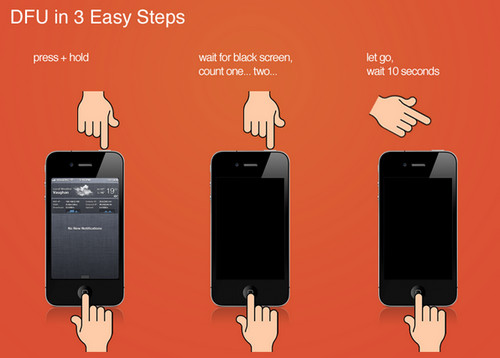
- RESET MAC PASSWORD IN RECOVERY MODE SOFTWARE
- RESET MAC PASSWORD IN RECOVERY MODE PASSWORD
- RESET MAC PASSWORD IN RECOVERY MODE MAC
If you are using OS X Yosemite, then you are likely already using FileVault.
RESET MAC PASSWORD IN RECOVERY MODE MAC
FileVault Disk EncryptionįileVault encrypts the data on your Mac so unauthorized users can't access your files.
RESET MAC PASSWORD IN RECOVERY MODE PASSWORD
The hardware tool is a firmware password you can set in Recovery Mode.

RESET MAC PASSWORD IN RECOVERY MODE SOFTWARE
The software tool is a utility called FileVault, which you may already be using. One is a software-based encryption tool, and the other is a hardware-based encryption tool, both of which are built-in utilities of OS X. Thankfully, there two precautions you can take to protect yourself and your Mac from intruders. It's possible to reset a password by booting into Recovery Mode or from an external drive.

In case you do, you will need to take your Mac and some proof of ownership to the closest Apple store and ask the people who work there to unlock it for you.A nefarious individual could purloin your Mac and bypass your user account password in order to access your data or wipe your system clean and begin using it as their own. Unlike a regular user account password, a firmware password is much more difficult to bypass, so make sure you don't forget it. Additionally, you can also use the Find my Mac menu from iCloud to remotely set a firmware password in case your computer is missing or was stolen. All that's left to do now is press the Set Password button, quit the Firmware Password Utility, then restart the device, and your new password should be operational. In the new window that opens, turn ON the Firmware Password from the respective menu, then type in the password you want and retype it in the Verify box. Now go to the same Utilities menu, but this time click on the Firmware Password Utility button. Once again, go to the Recovery Mode by restarting the computer and keeping the Command and R keys pressed until the loading screen with the Apple logo shows up. A better solution is to set up a firmware password which cannot be bypassed so easily. So what happens when you work with sensitive files or simply don't want anyone snooping around? How do you protect yourself from people who maliciously use this technique? Some would advise you to encrypt your files, and that works in some cases, however it can't ensure that the people breaking into your Mac won't simply wreck havoc by deleting all your files (even the encrypted ones). (In case you no longer want to have a password, just leave the corresponding field blank.) Once that's done, simply restart your Mac and log-in to your account using the password you've just changed.Īs you've noticed, resetting the user account password is incredibly easy, can be done very fast and doesn't require any technical skills or knowledge about the owner of the Mac. You should now see the Password Resetting Utility window, where all you need to do is select your user account (or the one you want to reset the password for), type in the new keyword and press Save. Now, you will need to open the Terminal (you can do so by clicking on the Utilities button in the top menu bar and then selecting Terminal), type resetpassword, then press the Enter key and close the Terminal window. If done correctly, you should now see a small loading bar and, after a short while, you should be taken into a new screen called Recovery Mode.


In order to reach it, the first thing you need to do is reboot your computer and keep the Command and R buttons on your keyboard pressed until the Apple logo appears on your screen. No matter what Apple device you use (Mac, MacBook, etc.), they all have the same password resetting tool.


 0 kommentar(er)
0 kommentar(er)
